What languages are spoken in Valparaíso?
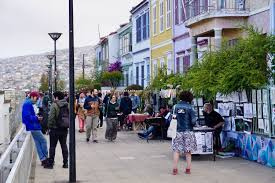
What languages are spoken in Valparaíso?
What languages are spoken in Valparaíso? Valparaíso, a bustling port city in Chile, is a melting pot of cultures and languages.
While Spanish is the dominant language, the linguistic landscape reflects the city’s diverse history and community.
Here’s a closer look at the languages you can encounter in Valparaíso.
Spanish: The Official Language
Spanish is the official language of Valparaíso and the primary mode of communication among locals.
Chilean Spanish has its unique accent and vocabulary, which may differ from other Spanish-speaking regions.
Expect to hear local slang and expressions that give flavor to everyday conversations.
Learning a few basic phrases in Spanish can enhance your experience while exploring the city.
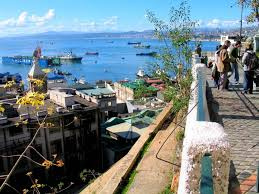
Indigenous Languages
In addition to Spanish, there are several indigenous languages spoken in Chile, though they are less common in Valparaíso.
Languages like Mapudungun, the language of the Mapuche people, may be heard in cultural contexts.
Some community events or workshops may incorporate indigenous languages and traditions.
Valparaíso’s diverse history makes it a place where cultural heritage is acknowledged and celebrated.
English: A Growing Presence
English is increasingly spoken in Valparaíso, especially in tourist areas and among younger generations.
Many locals in the hospitality industry, such as hotel staff and tour guides, speak English.
You’ll find English signage in popular tourist spots, making navigation easier for visitors.
While not everyone is fluent, a friendly smile and willingness to communicate go a long way.
Other European Languages
Due to Valparaíso’s historical connections with European immigrants, you may encounter other languages as well.
Languages such as German, Italian, and French can sometimes be heard, particularly in community events.
These languages are often spoken within immigrant communities or among older generations.
Cultural festivals may celebrate this diversity, showcasing various traditions and languages.
Language Learning Opportunities
Valparaíso is also home to several language schools and cultural exchange programs.
Visitors often engage in language classes, especially in Spanish, to enhance their experience.
These opportunities allow travelers to immerse themselves in the local culture while learning the language.
Participating in a language exchange can be a fun way to meet locals and practice.
Street Art and Bilingual Signs
As you explore Valparaíso, you’ll notice street art that may incorporate English or other languages.
Bilingual signs are common in tourist areas, showcasing the city’s commitment to welcoming visitors.
These elements add a layer of cultural richness and demonstrate the blending of languages.
Photographing these artworks can provide insights into the city’s diverse identity.
A Linguistic Tapestry
Valparaíso is a vibrant city where Spanish reigns supreme, but diversity flourishes.
While Spanish is the main language, English and indigenous languages add to the linguistic tapestry.
Exploring the city’s cultural and linguistic landscape enriches your travel experience.
So embrace the opportunity to learn a few phrases and connect with the locals!


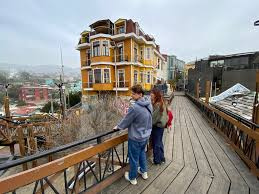
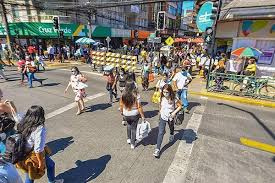
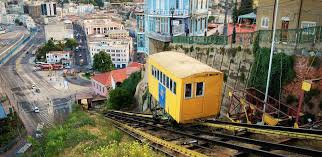
Leave a Reply